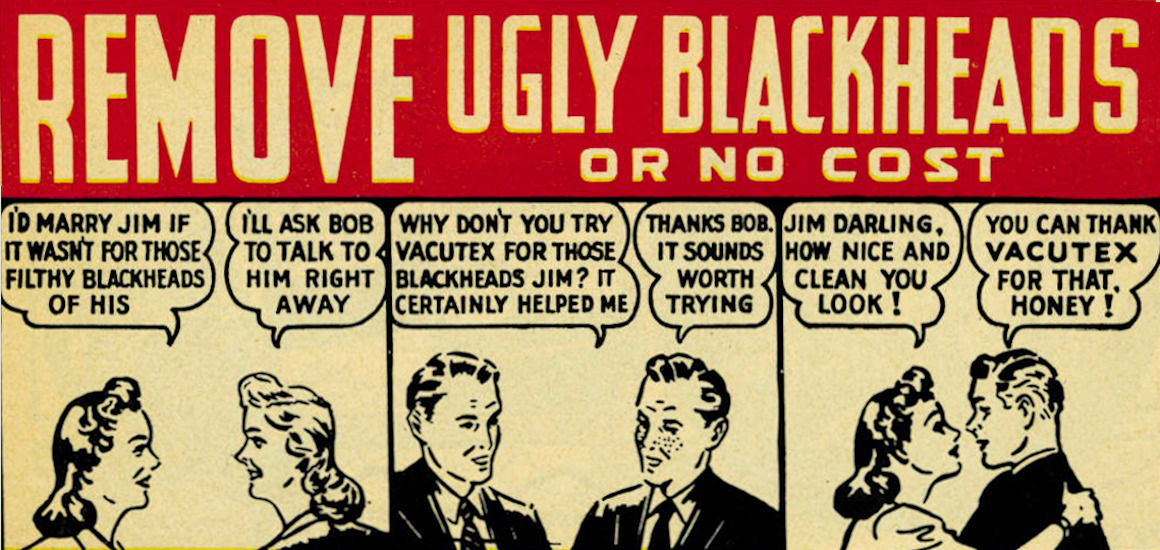Crikey, marketers and publishers can be slow on the uptake sometimes. Advertising revenue has been declining for decades, leading many to predict the long and painful death of traditional media business models. Add to this the rapid increase of “banner blindness” – as skeptical website visitors filter out display advertising by either ignoring it or using an ad blocker – and publishers have found themselves at war with their own readerships.
